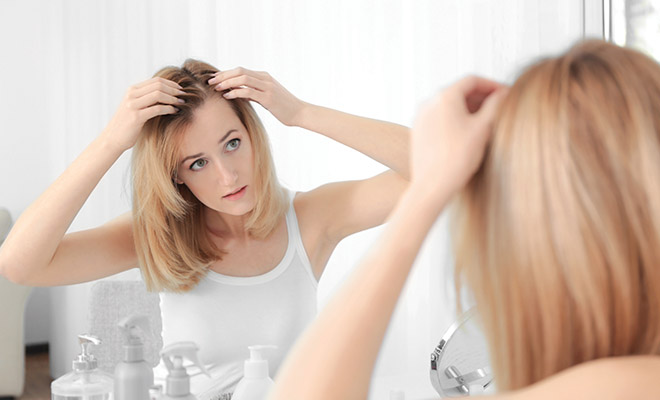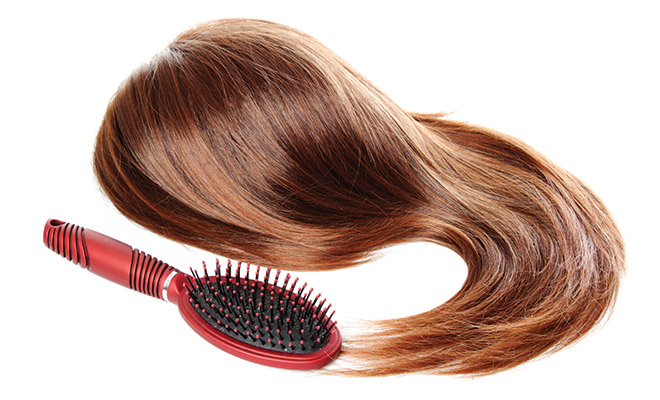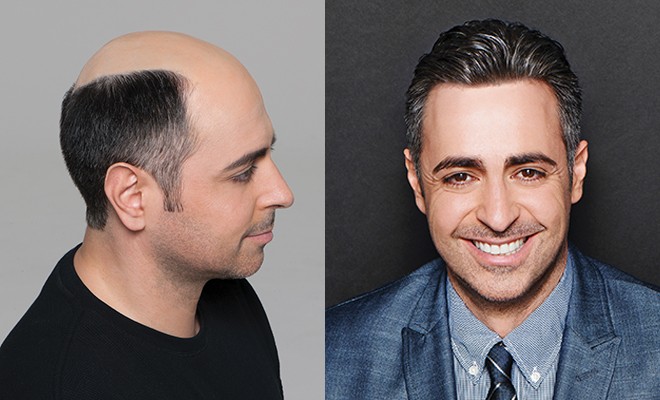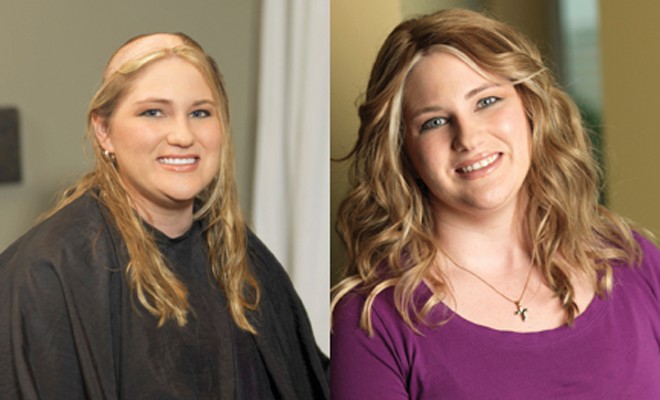Chemotherapy & Medical Hair Loss

Pam Ingle, Dee Anderson & Sandy Mercante
Chemotherapy and Medical Hair Loss
Chemotherapy consists of the administration of drugs that destroy rapidly reproducing cancer cells. Cancer cells are some of the most rapidly reproducing cells in the body, but other cells, such as those which contribute to the formation of hair shafts and nails, are also rapidly reproducing. Unfortunately, while chemotherapy drugs preferentially destroy cancer cells, the drugs also can destroy those cells responsible for normal growth of hair and nails. Cancer patients sometimes shed the hair and nails during treatment. Chemotherapy drugs are poisonous to the cells of the hair root responsible for hair shaft formation. Usually, the hair is lost rapidly in large quantities during treatment.
No hair growth stimulants, shampoos, conditioners or other cosmetic treatments can prevent or retard Chemotherapy related hair loss. The good news, however, is that once chemotherapy is completed, the hair usually grows back.

How and When Hair Growth Occurs
- Adequate hair growth may take six months to one year.
- Returning hair may be different from the hair that was lost. Due to the absence or alteration of pigment the hair may grow back white, gray or a different color. Eventually, as the pigment cells return to normal, the original color should return.
- It is common for the new hair returning to be finer in texture initially, but like color, the texture should return to its original thickness. It is sometimes difficult to be patient, but as the body is returning to normal and getting over the significant insult, time is a necessary ingredient.

Hair Care Tips for New Hair Growth
- Shampoo hair twice weekly with a mild shampoo such as those intended for dry or damaged hair.
- The scalp should also be thoroughly massaged to remove any scale.
- Follow shampoo with a conditioner for fine or limp hair.
- Avoid high heat from blow dryers to the hair and skin.
- Keep hairstyling to a minimum due to the new hair being prone to breakage. Brushing, combing, hair pins and curling should all be minimized. Curling appliances should be avoided as the scalp is very tender following chemotherapy.
- Hair styling aids such as mousse, hair spray, hair spritz, styling gel and sculpturing gel may be used in moderation. It is best to select products with normal to light holding ability as the high hold products may not be completely removed with mild shampoos. Hair styling aids can build up on the hair shaft resulting in dullness and possibly scalp disease.
Chemical Curling or Permanent Waving
Chemical treatment of the hair is best avoided until the hair is at least three inches long. It is difficult to get nice curls if the hair is much shorter even with a healthy head of hair. For best results use a mild body wave with short processing time. The hair should be wrapped loosely on the largest size curling rod possible. Looser curls will be less damaging to the recovering hair shaft, and will thus minimize hair shaft breakage.
Warning! Many patients cannot tolerate the permanent wave solution on their scalp for sometimes up to one year following chemotherapy. This extreme sensitivity of the scalp is not unusual during the regrowth period. In such cases permanents should not be attempted.
Hair coloring may also be irritating to the sensitive scalp and should be avoided until the scalp sensation returns to normal. Once the scalp is healed, the hair may be colored.
Permanent hair colorings are the most damaging to the hair shaft and should be minimized in favor of semi-permanent hair colorings which are gradually washed away with four to six shampoos.
Bleaching to lighten the hair color should not be attempted at this time. Additionally, the hair should be altered only 3 shades from its regrowth color as more drastic color changes could increase hair shaft breakage.
The period of time following chemotherapy treatment is a time of healing and rebuilding for the body. Hair growth will gradually return, and with time most patients regain a healthy head of hair. Following some of the enclosed hair care tips will ensure that the regrown hair looks and feels its very best!




